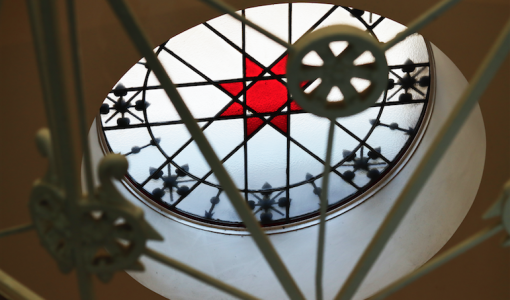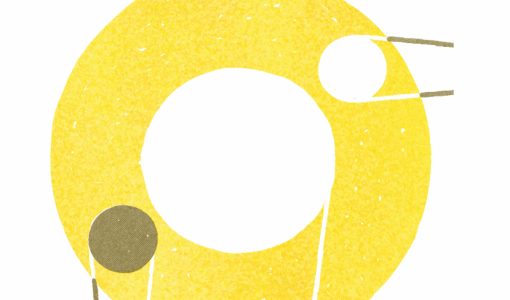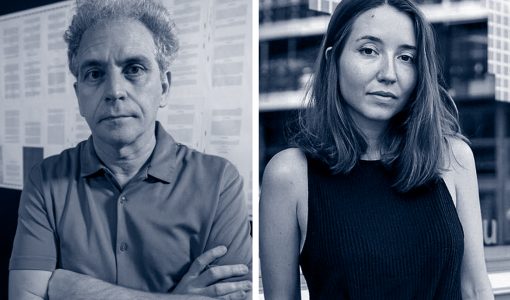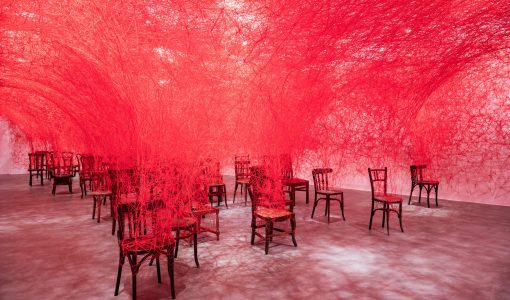
Tàpies. Material Writing. Books
Home
›
Exhibitions
›
Tàpies. Material Writing. Books
Material Writing emerges as one more stage in the study of Tàpies’ work, but most of all as a logical continuation of the exhibition El tatuatge i el cos, because in the artist’s hands both drawing and engraving provide a universe of forms and values of texture which enrich and prolong the material experiments and poetic and philosophical contents of his work as a whole.
And because the books Tàpies has done with poets, narrators, philosophers or scientists are the culmination of one of the most intense visual qualities of his work: inscription, a writing based not on words -though they too are often incorporated- but on any expression of material: presences of the body in footprints or handprints, figures, hieroglyphics, crosses and letters from an non-existent alphabet, signatures, palimpsests, scribbles, etc.
In the collector’s books, as in his drawings, Tàpies emphasises the expressive values of material and frequently uses paper with strongly marked textures (Petrificada petrificante, 1978, or L’estació, 1984), paper which has been violently torn and crumpled (Novel·la, 1965) or stained, scraped or pierced (Anular, 1981, or Llull-Tàpies, 1985). Forcing the materials has been a feature of Tàpies’ work method. The same thing happens with his engravings, he chooses to transgress traditional metal engraving techniques and makes strongly expressive works: he uses the copper plate as if it were a scrap of paper. He himself has remarked in his Conversations with Antoni Tàpies by Barbara Catoir (1991): “the operations which I perform with my fingers and my brushes are the same as if I were handling paper rather than metal. That’s just another way of attacking the picture, of attacking the blank white surface. In this case the acid replaces the knife, but in my mind it’s the same as if I were actually making holes in the picture. When I dip a copper plate in a bath of nitric acid, the acid becomes the knife. I don’t think of it as an imitation of a hole: for me, the hole is real. But sometimes I even bore holes in the plate or burn holes in the paper.” That quote also shows how he conceives all his work as a unit, that his quest is always the same, whether it is marble dust on wood, earth on canvas, graffiti on paper or lithograph pencil on stone.
The exhibition Material Writing shows Tàpies’ collectors’ books which belong to the Fundació Antoni Tàpies collection, as well as his special catalogues. The selection criteria adopted have taken account, first and foremost, of the special books or catalogues which include graphic work, which is why they have excluded the many designs for book covers. Second, the selection includes the books done in close cooperation with a writer or compiler, among them Alberti, Bonnefoy, Du Bouchet, Brodsky, Brossa, Daive, Dupin, Foix, Frémon, Gimferrer, Guillén, Jabès, Mitscherlich, Paz, Riba, Ullán, Valente and Zambrano, which means the exclusion of the collective books and unfinished projects. The interest of delving into Tàpies’ relation with the book as object and vehicle of knowledge has led us to discard the suites done from his books.
The visitor can admire a fine selection from the books’ contents, discovering the different chalcographic techniques Antoni Tàpies uses, his compositional diversity and the complexity of his work as book engraver and “sculptor”.
Dates
18.12.2002 – 09.03.2003
Curator
Nuria Enguita Mayo.
Artist
Antoni Tàpies.
Touring
18/12/2002 – 9/3/2003, Fundació Antoni Tàpies, Barcelona.
27/3/2003 – 15/6/2003, La Casa Encendida. Obra Social Caja Madrid, Madrid.














